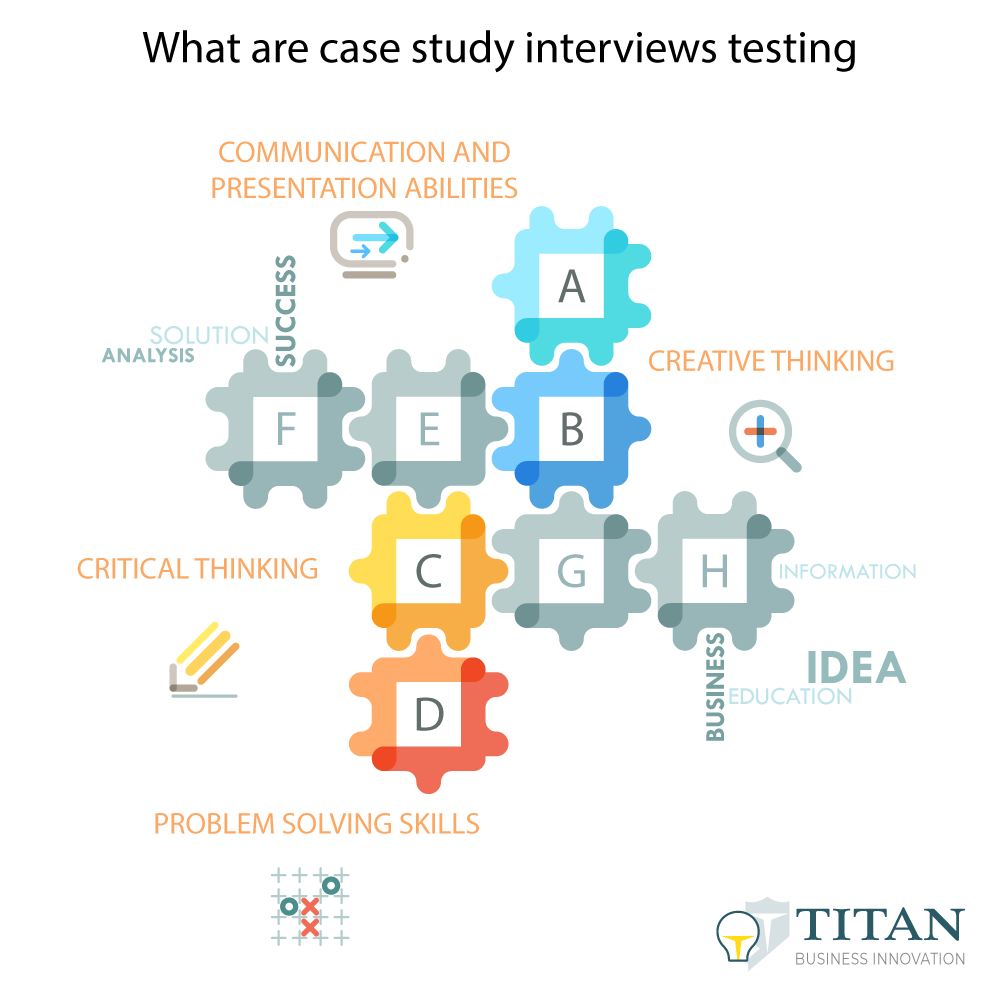Are you eyeing a career in management consulting? If yes, then you must be familiar with the rigorous hiring process that consulting companies follow. One of the crucial components of this process is the case study interview, where candidates are presented with hypothetical business problems and asked to provide recommendations on how to tackle them.
Case study interviews are not only challenging but also essential for evaluating the candidate’s problem-solving skills, critical and creative thinking, as well as communication and presentation abilities. Therefore, it’s crucial to prepare thoroughly to ace these interviews and land your dream job.

To help you get started, let’s dive into what a case study interview entails and some examples of questions you may encounter.
- A retail company has been experiencing declining sales in its brick-and-mortar stores. What recommendations would you make to address this issue?
- A hospital system is struggling to manage its costs while maintaining high-quality patient care. How would you approach this problem?
- A technology startup is considering expanding into a new market. How would you evaluate the potential of this market and develop a strategy for entering it?
While there are many types of case interviews, Fermi estimation, and Case study are two commonly used methods for evaluating candidates in job interviews. Lets understand how they differ.
Fermi estimation: Fermi estimation is a type of case interview where the interviewer poses a hypothetical question or problem that requires the candidate to make an estimation or approximation. The problem may involve estimating the number of golf balls that can fit in a school bus or the amount of water that flows over Niagara Falls in a given year. The candidate is expected to think through the problem, make assumptions, and use logical reasoning and mathematical calculations to arrive at a reasonable estimate. The interviewer is less concerned with the actual estimate and more interested in the candidate’s approach, thought process, and ability to communicate their reasoning.
Case study: In a case study interview, the interviewer presents the candidate with a specific business problem or scenario that a company may face and asks the candidate to provide a solution or strategy to address it. The case may be based on a real-life situation that the company has encountered, or it may be a hypothetical scenario. The candidate is expected to ask clarifying questions, analyze the situation, identify critical issues, develop a framework or approach, and recommend a course of action. The interviewer is interested in seeing how candidates think critically, structure their thoughts, communicate their ideas, and apply business concepts and principles to real-world problems.

Lets look at some real examples and how a candidate could approach answering the two types of case interviews:
Fermi estimation:
Example: Number of takeoffs and landings at Narita Airport.
Calculation: (A) Number of takeoffs and landings per hour x (B) Operating hours of the airport x (C) Number of passengers per flight.
(A) Number of takeoffs and landings per hour = 5 minutes, including the time it takes for planes to move to the runway (2-3 minutes), accelerate, and take off (1-2 minutes).
(B) Operating hours of the airport = probably aligned with the operating hours of surrounding trains and buses, so it likely does not operate in the early morning or late night. If we assume it operates from 6am to 12am, that would be 18 hours of operation.
(C) Number of passengers per flight = the current standard is medium-sized planes with around 50 seats per row. Assuming there are 7 seats per row, the total number of seats would be around 350, but taking out the extra space for first-class and business class, the actual number of passengers would be around 300.
However, not all flights are fully booked, and on average, it’s not uncommon for them to be about 70% filled when factoring in unsold seats and cancellations. 300 x 70% = 210 seats.
Calculation: (A) 24 flights x (B) 18 hours x (C) 210 passengers = 90,720 people per day.
90,720 people per day x 365 days = 33,112,800 people per year.
Other examples of Fermi estimation: include calculating the number of terminals, runways, or information boards at an airport.
Case study:
Example: Improvement project for a local hospital.
Task: What actions should be taken in one week for the upcoming management improvement committee meeting?
Break down 2 Factors
– External factors: Revision of the hospital point system and comparison of hospital conditions with other (2 days).
– Internal factors: Conduct interviews with doctors, nurses, and patients (3 days).
– Extract the issues and prioritize them. Create a questionnaire and hypotheses to verify, and use the results in the management meeting. (2 days)

Tips:
・Always clarify any unclear points before giving an answer. If the task is not clear, ask for clarification or definition.
・Negative feedback or criticism is common, so don’t be flustered. The interviewer is assessing whether you can handle discussions with C-level executives or GMs in a real-world consulting environment.
・There may be follow-up questions after your initial answer, keep answering. Don’t give up.
・Prepare questions for the Q&A session, such as asking about the current project or specific challenges faced. What are the current trends on projects and so on. Must be related to your background or experience based.
In conclusion, preparing for case study interviews and Fermi estimation exercises is critical for anyone pursuing a career in management consulting. These types of interviews provide an opportunity for candidates to showcase their problem-solving skills, critical thinking, and communication abilities. While these interviews can be challenging, with proper preparation, candidates can ace them and land their dream job. So, if you’re passionate about consulting, don’t shy away from the challenge. Instead, embrace it, put in the work, and give yourself the best possible chance of success.

